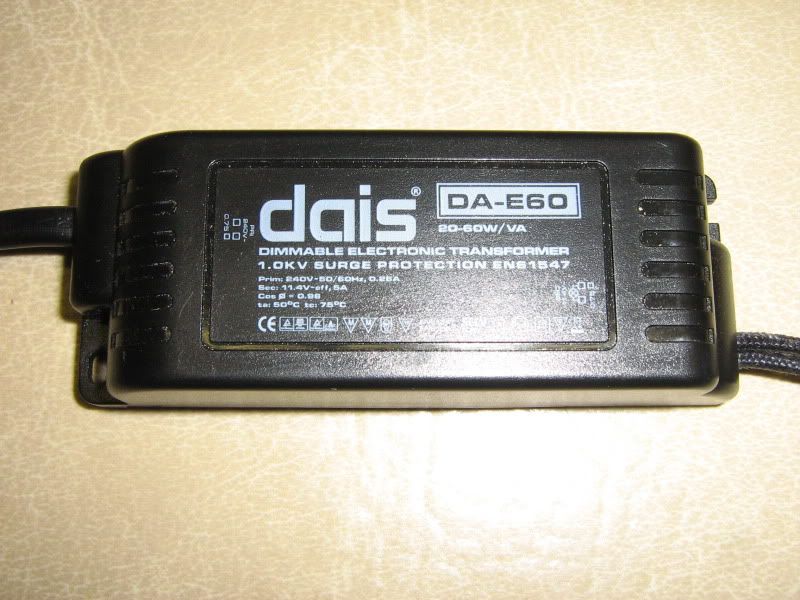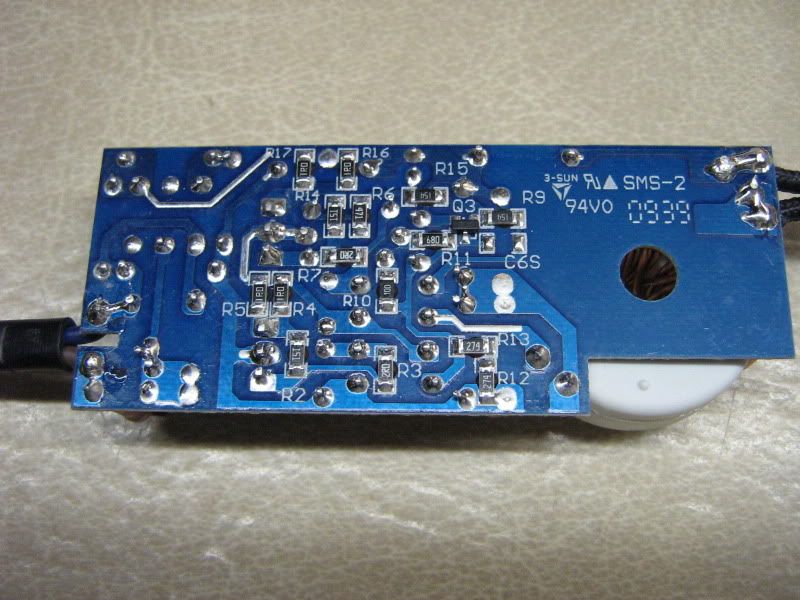artie
Sawdust manufacturer.
I have been reading up the old threads about condensation problems and see I am not alone.
My workshop is about 10m by 14m divided into two 7m by 10m one of which I work in mostly, the other not so much.
4m high at the back and 4.5 at the front.
It is single block walls, concrete ,unpainted floor and corrugated tin roof. It is fairly draughty, which I think may help some.
It is unheated.
I have been working in it for 14 years :shock: , but decided recently to do something about it.
Reading the other threads, there seems to be a consensus that ventilation is key.
Considering that condensation only occurs maybe a dozen nights per winter, Perhaps hooking up a fan would be the most cost effective solution.
Does anyone have any idea how much air I would need to move to keep it dry.?
My workshop is about 10m by 14m divided into two 7m by 10m one of which I work in mostly, the other not so much.
4m high at the back and 4.5 at the front.
It is single block walls, concrete ,unpainted floor and corrugated tin roof. It is fairly draughty, which I think may help some.
It is unheated.
I have been working in it for 14 years :shock: , but decided recently to do something about it.
Reading the other threads, there seems to be a consensus that ventilation is key.
Considering that condensation only occurs maybe a dozen nights per winter, Perhaps hooking up a fan would be the most cost effective solution.
Does anyone have any idea how much air I would need to move to keep it dry.?



































